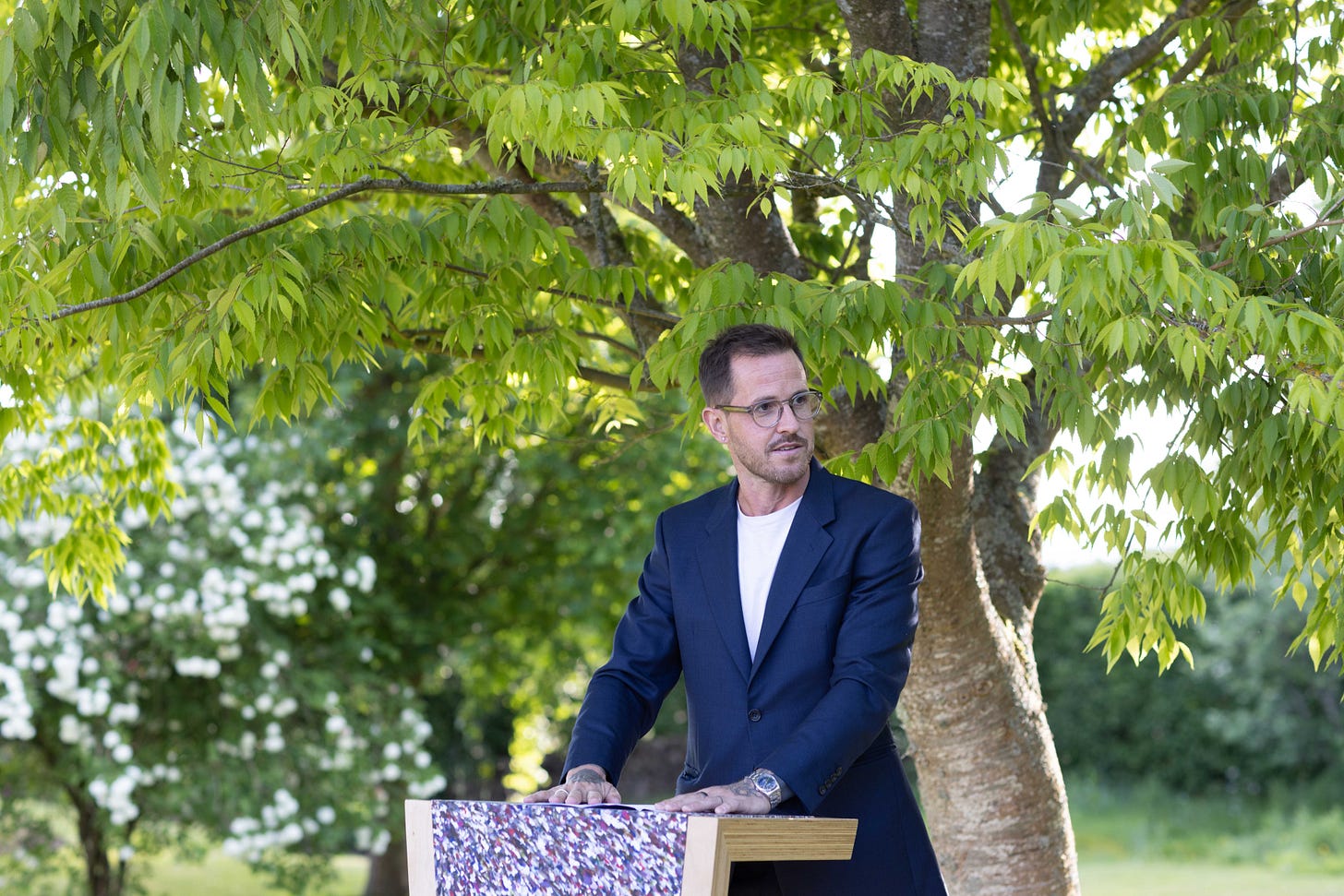Last week I gave a speech in the beautiful countryside of East Sussex, which is for my money one of the loveliest places in all of England. My subject was the medieval ‘battle’ of Terrible Down.
I put battle in quotation marks here because in fact, no one knows if there was a fight there, on the green rolling chalk landscape that stretches away from the village of Halland towards the sea.
Local lore has connected the name Terrible Down with the battle of Lewes, which took place on 14th May 1264 between forces led by King Henry III and Simon de Montfort. In this traditional telling, royalists fleeing the main clash of arms turned to face their chasing enemies at Terrible Down and were hacked to pieces.
Is that based on historical fact, or is it actually a working-backwards from the beauty-spot’s improbably ominous name? I offered some brief thoughts on the matter in my speech, while also trying to give my audience a flavour of what we know certainly did happen at Lewes in 1264, when one king was trapped in a priory and another got stuck in a Windmill.
The occasion for giving the speech was to support my publisher, Nigel Newton, CEO and founder of Bloomsbury, and a campaign he is backing to ask government to reconsider a slapdash plan to build on this environmentally important, historically significant landscape. I tell you this not to rally you to any political cause, but to explain the context of my remarks, which I have pasted here in full.
At the end is a short reading (and listening) list for anyone who wants to know more about Simon de Montfort, Henry III and the Battle of Lewes.
Keep reading with a 7-day free trial
Subscribe to History, Etc to keep reading this post and get 7 days of free access to the full post archives.




